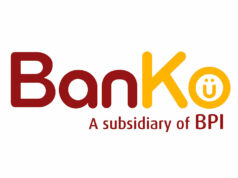Pawning activities dropped in first semester
PAWNSHOPS saw a decrease in consumers tapping them for services in the first half of the year, said Bangko Sentral ng Pilipinas (BSP) Governor Benjamin E. Diokno.
“We did a quick survey recently which revealed a 15% average decline between end-December and end-June. During the lockdown, most pawnshops noted a number of customers surprisingly redeemed their pledged loans,” Mr. Diokno said in an online briefing on Thursday.
Mr. Diokno said pawnshops have become more significant for financial inclusion amid the pandemic.
“I think they will continue to grow because they’ve been used in terms of distribution, for example, of welfare grants to some people because of their extensive reach and because they now provide varied services,” he said.
The industry has also applied loan restructuring for their clients and have been exploring digitization of services during the pandemic in order to adapt to the changing consumer behavior, he added.
The central bank in June increased pawnshops’ allowed percentage of total borrowings to pledge loans to 70% from 50% in a bid to boost liquidity during the crisis. The relief measure will be effective until end-2021.
Pawnshops were also included among financial institutions that needed to comply with a mandatory grace period for loan payments as provided by Bayanihan I. This grace period ended in June, although Bayanihan II which has yet to be signed into law also provides a 60-day debt moratorium.
Due to their broad networks, pawnshops are vital for financial inclusion in a country where 29% of adults remain to be unbanked.
BSP data showed the pawnshop industry had 14,416 head offices and branches across the Philippines at end-July, going beyond the combined 12,913 network of banks. These pawnshops are also present in 1,338 out of 1,634 cities and municipalities nationwide.
Mr. Diokno said the industry still mainly depends on income from their pawning operations which account for 64% of their total gross income. Meanwhile, about a third (35%) of their income are sourced from remittance activities.
Pawning services saw a 35% growth from 2014 to 2018, Mr. Diokno added. — Luz Wendy T. Noble



